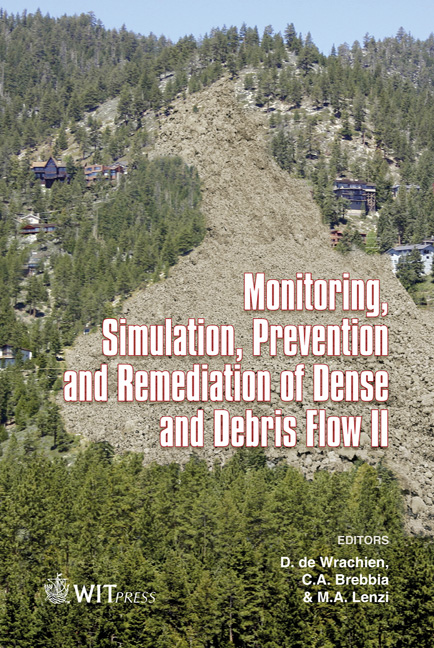Relationships Among Basin Area, Sediment Transport Mechanisms And Wood Storage In Mountain Basins Of The Dolomites (Italian Alps)
Price
Free (open access)
Transaction
Volume
60
Pages
10
Page Range
163 - 172
Published
2008
Size
1,222 kb
Paper DOI
10.2495/DEB080171
Copyright
WIT Press
Author(s)
E. Rigon, F. Comiti, L. Mao & M. A. Lenzi
Abstract
The present work analyses the linkages between basin geology, shallow landslides, streambed morphology and debris flow occurrence in several small watersheds of the Dolomites (Italian Alps). Field survey and GIS analysis were carried out in order to seek correlations among basin area, basin geology, spatial frequency of landslides, in-channel wood storage, and local bed slope. Keywords: large woody debris, landslides, bed morphology, Alps. 1 Introduction Along with sediments, shallow landslides in forested basins supply channels with wood elements, which may have a strong impact on both channel morphology/stability and on debris flow dynamics. Headwater channels, which make up 60–80% of the cumulative channel length in mountainous terrain [10, 11], are characterized by a strong coupling between hillslope and channel processes, in contrast to lowland streams. The switch between different transport mechanisms (e.g., bedload transport to debris flows) in the same channel often depends on the occurrence of shallow landslides feeding sediment in otherwise sediment-limited systems. Along with sediments, shallow landslides in forested basins supply channels with wood elements, which may have a strong impact on both channel morphology/stability
Keywords
large woody debris, landslides, bed morphology, Alps.





